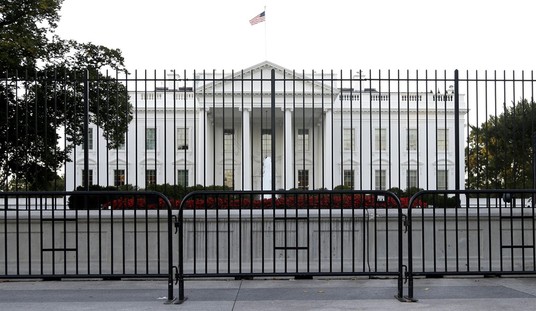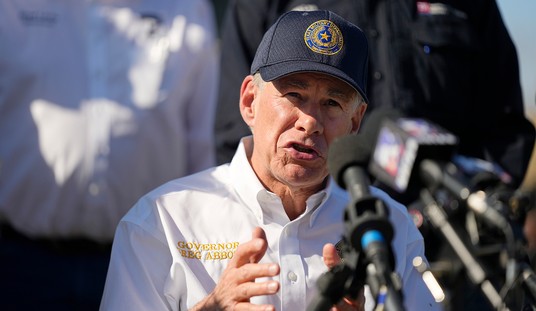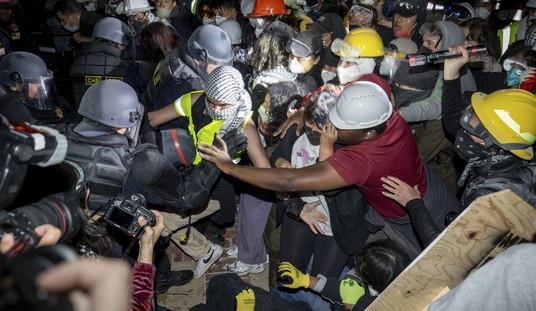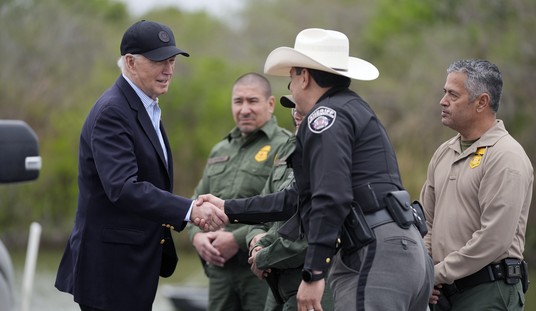 This special, in-depth report on the cost of illegal immigration and the toll it is taking on our border counties is from the October 2010 issue of Townhall Magazine.
This special, in-depth report on the cost of illegal immigration and the toll it is taking on our border counties is from the October 2010 issue of Townhall Magazine.Order your subscription today to ensure you get this powerful issue.
Advertisement
----------
The mostly rural, poor counties that make up the Southwestern border are next-door neighbors to a dire and brutal war between Mexican drug cartels where fear has little respect for the border.
These counties also shoulder more than their fair share of costs in providing law enforcement and emergency health services to illegal aliens.
***
To appreciate the communities on the U.S.-Mexico border, you have to go there. It’s not something you can read about or look at pictures of and get a very good feel for the way of life. For example, you need to go to McAllen, Texas, on the first day of May when it’s already 100 degrees and feel the heat and dust on your face. You need to go into stores and hear the warm greetings exchanged in fluent Spanish by Hispanics and Anglos alike on a daily basis. Drive down the streets and read (or at least guess at) the business signs that are mostly in Spanish as well.
If you’re lucky enough to have a local friend to show you around, you might get to see a hand-pulled ferry at Los Ebanos that will take you across the Rio Grande to Mexico or be shocked by the colonias (on the U.S. side) where people’s lives resemble the unplumbed culture of a hundred years ago with no pavement or electricity in sight. You might even get the local drug kingpin’s mansion pointed out to you. It’s as exotic as any foreign country—even though you are standing on American ground.
Recommended
Advertisement
While each border town is distinctive, one trait they share is having more in common with the land, people and cultures of their counterparts immediately across the border in Mexico than they do with the rest of their own nation. Historically, this has been a very unique, truly bi-national society along the 2,000-mile border that spans Texas, New Mexico, Arizona and California.
In any number of towns and villages along the border, it used to be that residents moved freely back and forth whether to visit family, go shopping, conduct business or eat dinner. Now, it’s not safe for El Paso residents to visit Juarez, where thousands of Mexicans have been slain in the drug wars. Now, it’s not even safe in tiny, utterly remote hamlets like Lajitas, Texas, in the Big Bend area of far West Texas. Local ranchers no longer enjoy dinner at the little Mexican village on the other side of the river—the “informal” crossing has even been shut down. It’s too dangerous; too many drug thugs.
Read the rest of this report in the October issue of Townhall Magazine.


























Join the conversation as a VIP Member